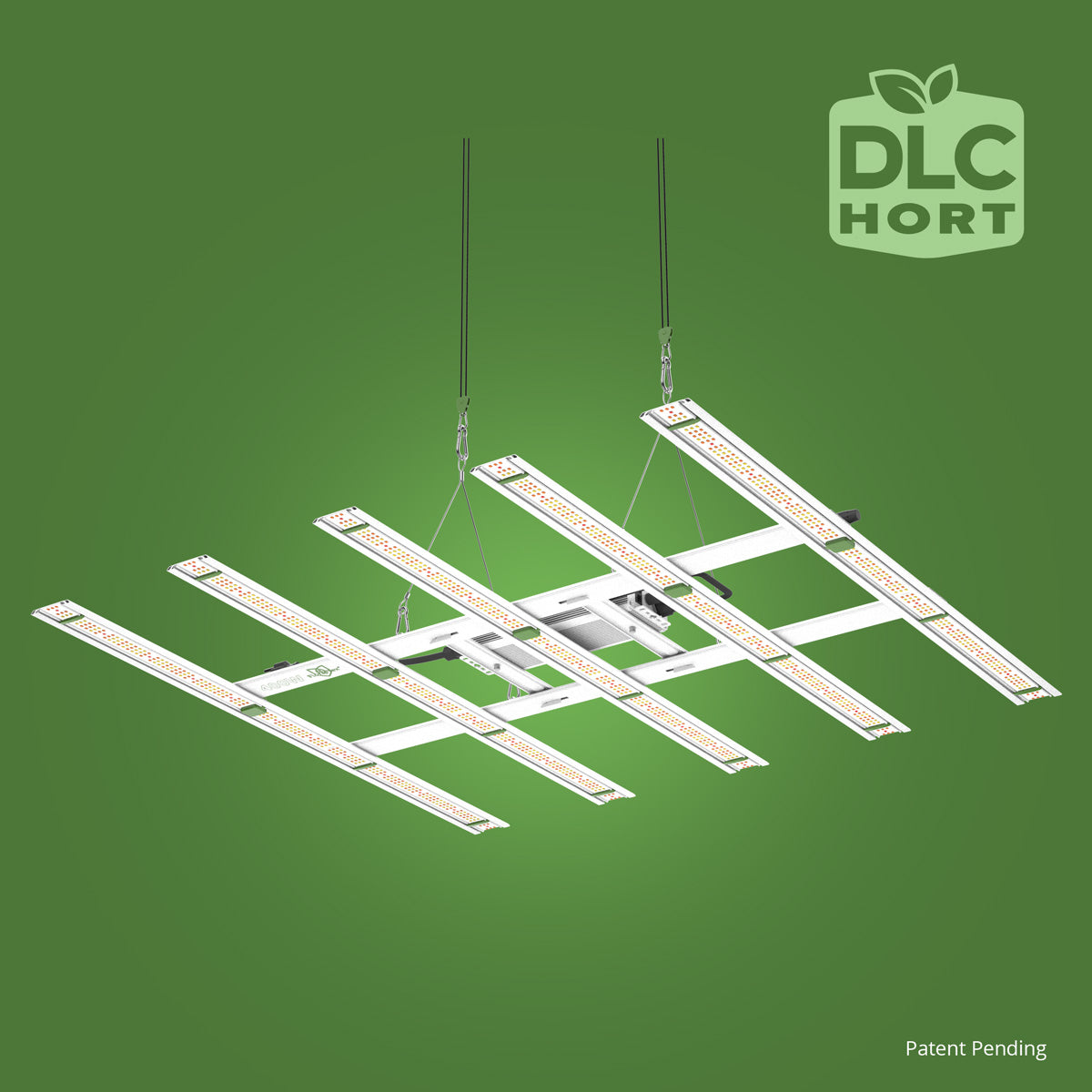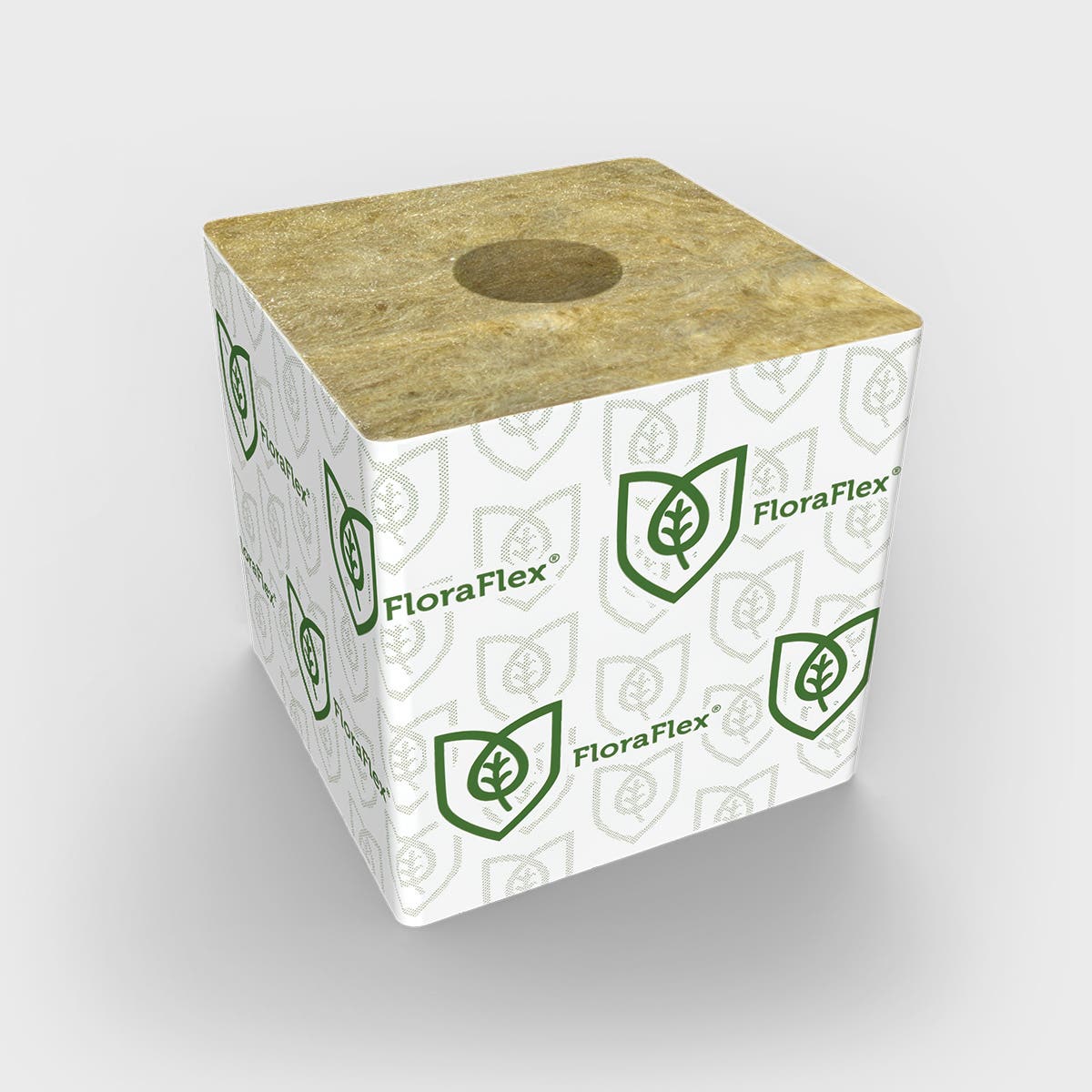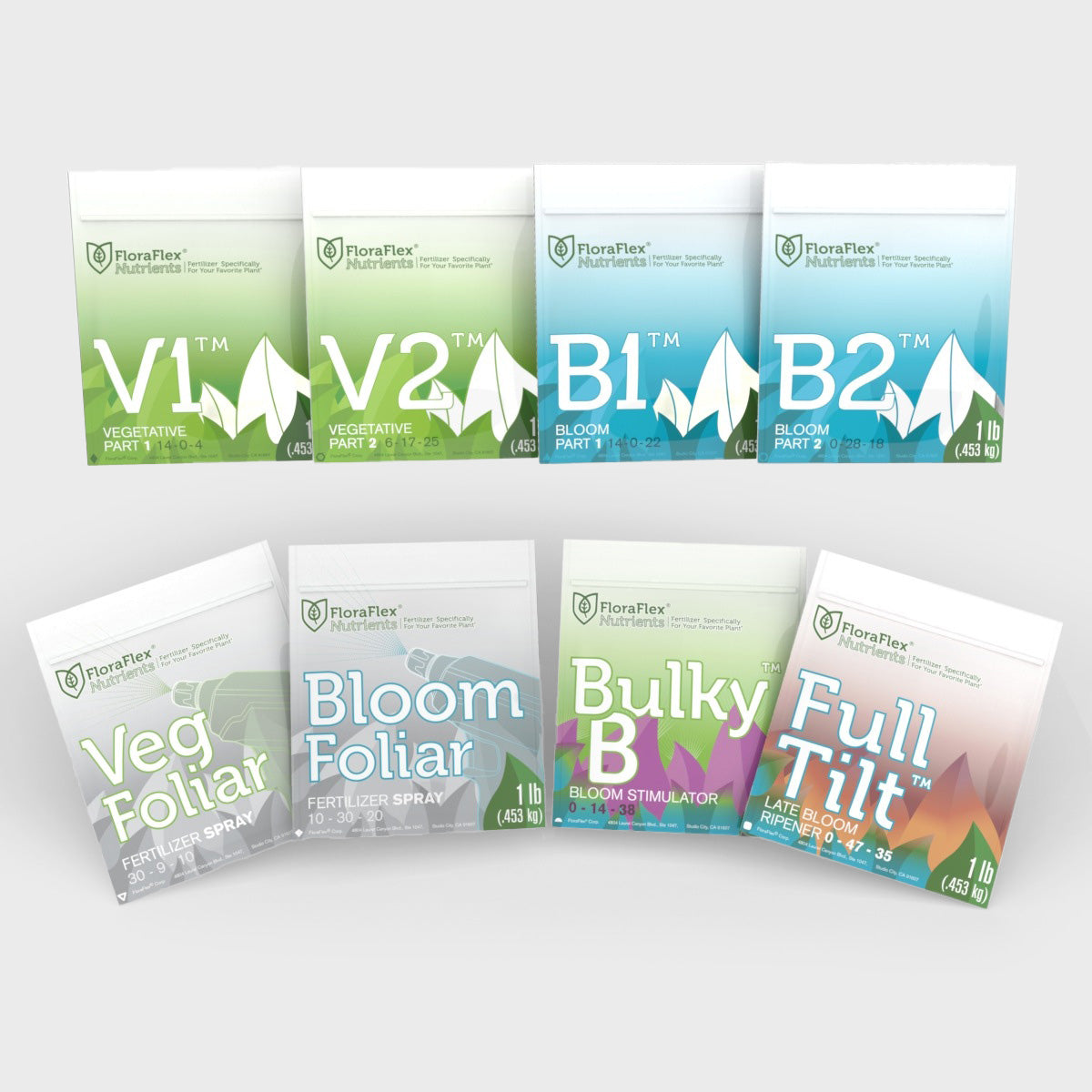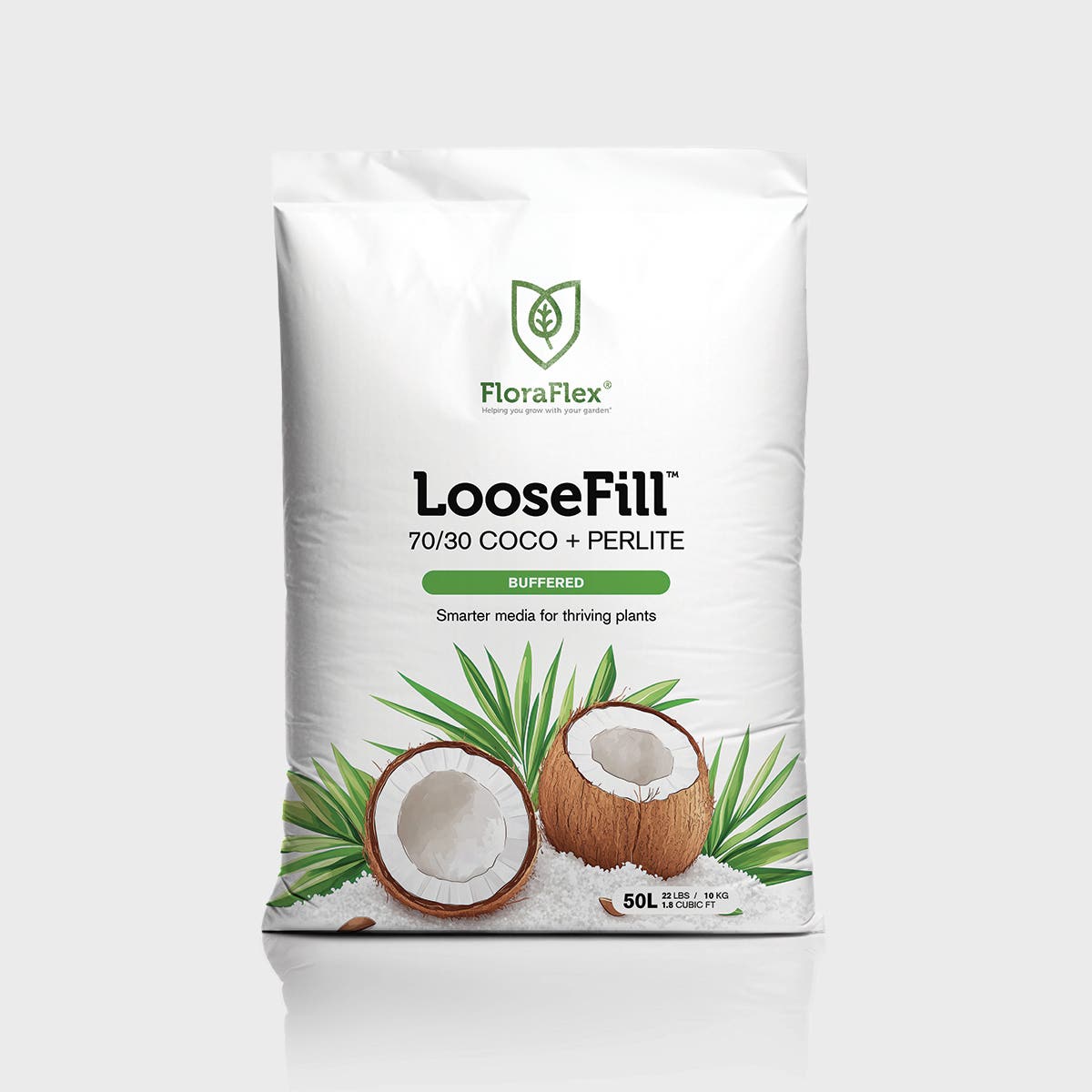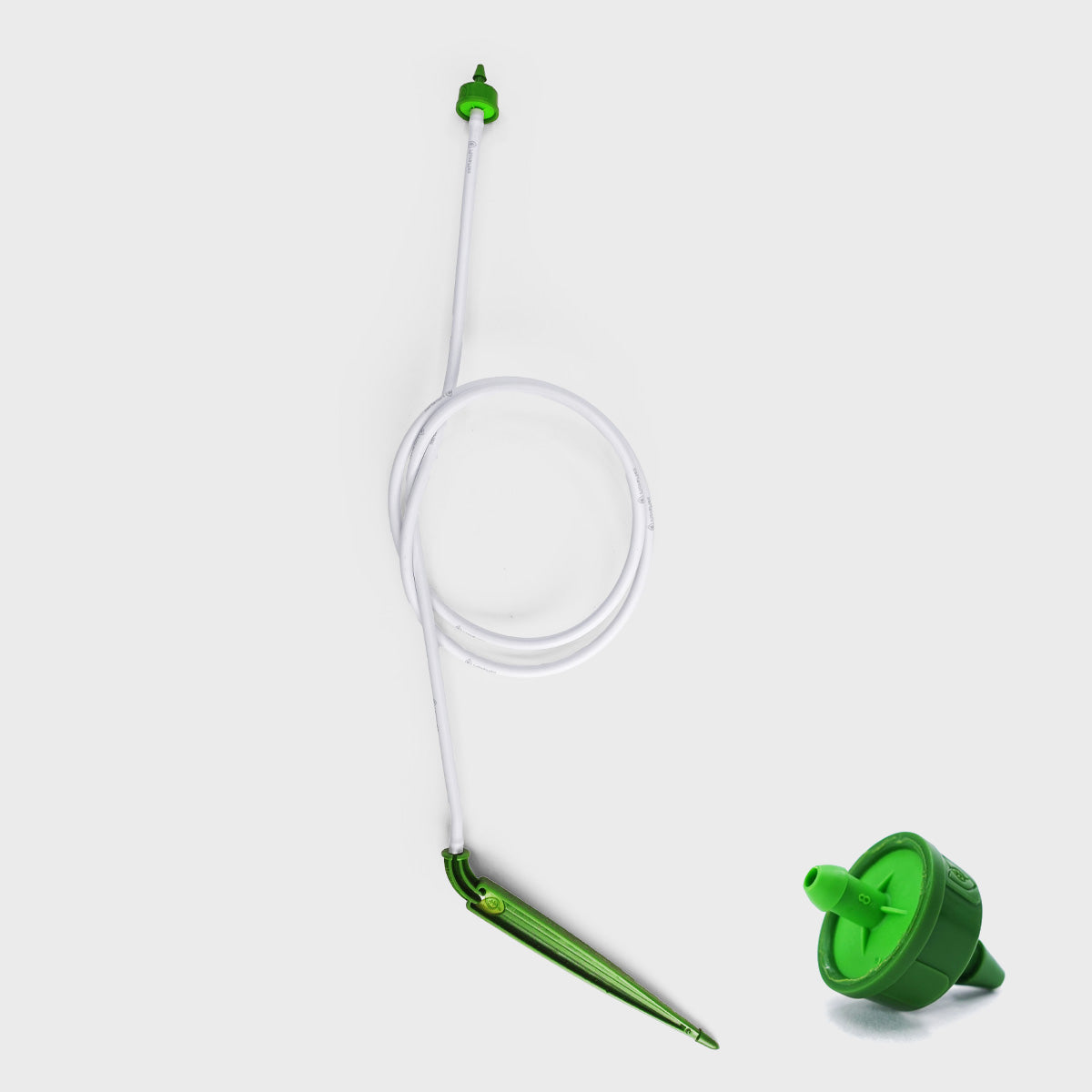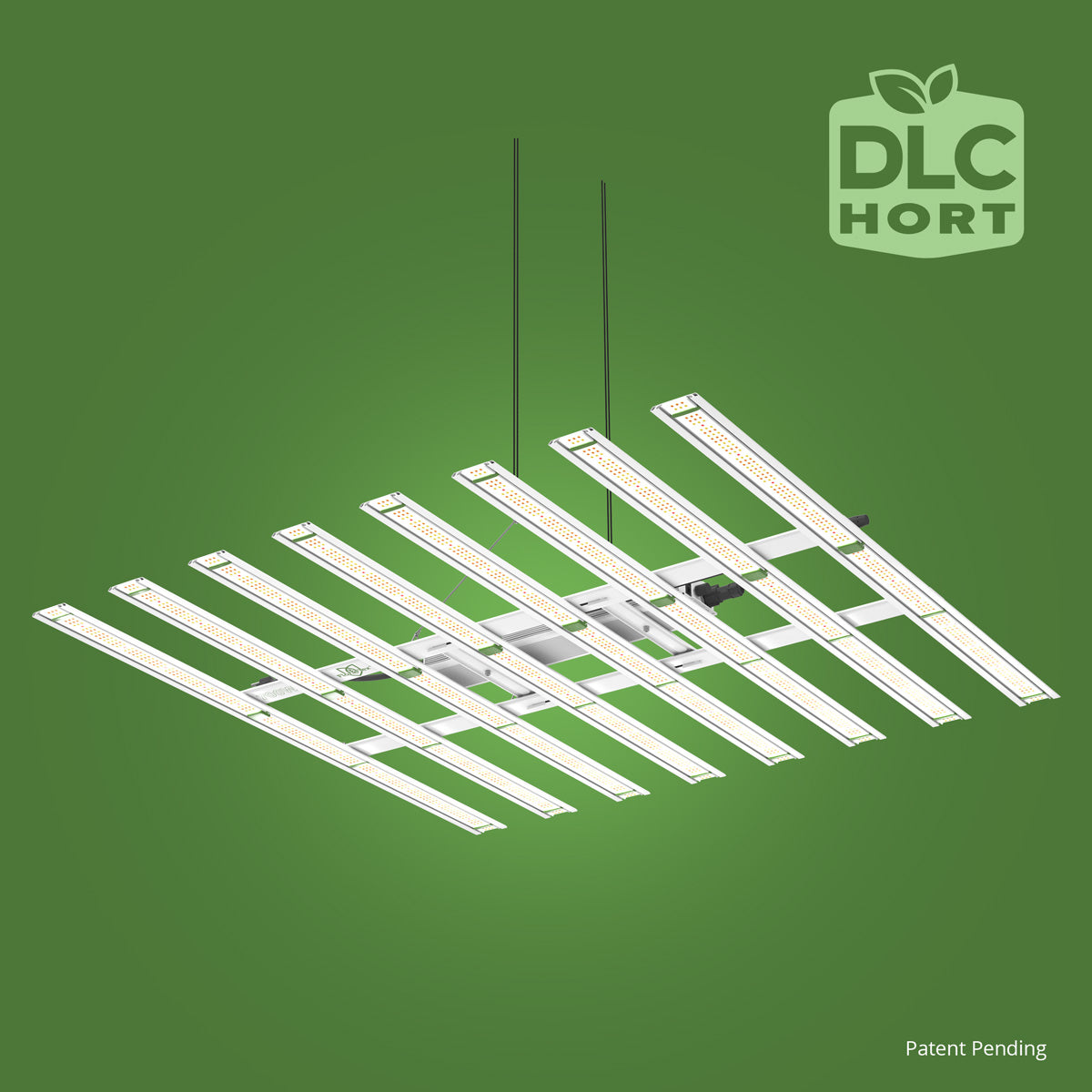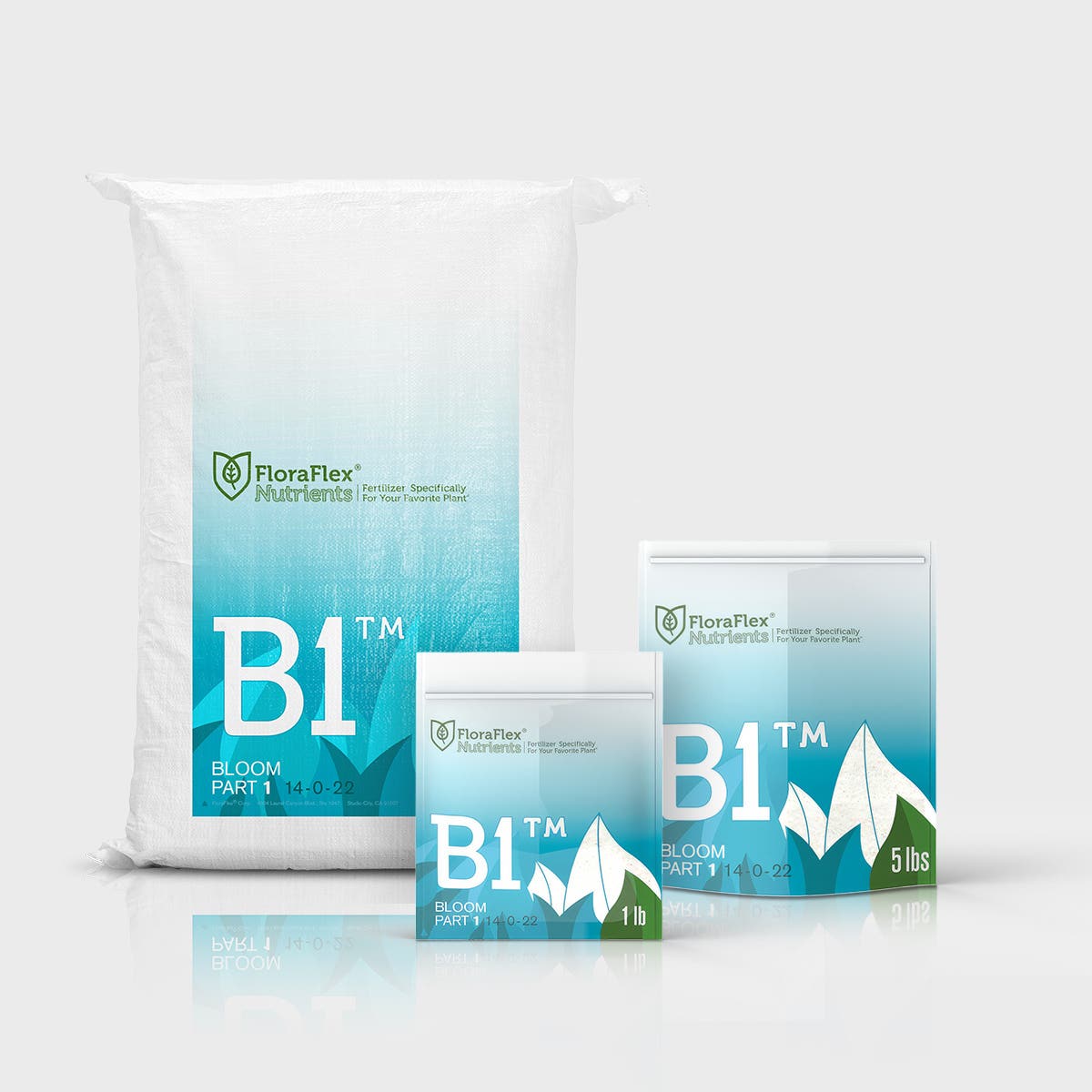Maintaining a vibrant indoor garden requires careful attention to watering needs. With the right irrigation system in place, you can ensure your plants receive adequate moisture without the hassle of manual watering. In this article, we will explore the world of indoor garden irrigation systems, their benefits, types, factors to consider when choosing one, installation steps, maintenance tips, and troubleshooting common issues. Say goodbye to the tedious task of hand-watering and hello to a more efficient and effective way of nourishing your indoor plants.
What is an Indoor Garden Irrigation System?
An indoor garden irrigation system is a mechanism that delivers water directly to the roots of plants in your indoor garden. It eliminates the need for manual watering by providing a consistent and controlled water supply. These systems can be customized to suit different plant types and their specific watering requirements. By automating the watering process, an indoor garden irrigation system ensures optimal plant health and growth.
Benefits of Using an Indoor Garden Irrigation System
Using an indoor garden irrigation system offers numerous benefits for both novice and experienced gardeners. Let's explore some of the advantages:
-
Time and Effort Saving: With an irrigation system in place, you can say goodbye to the daily chore of hand-watering each plant. The system takes care of watering on a predetermined schedule, saving you time and effort.
-
Consistent Watering: Indoor garden irrigation systems provide consistent moisture to your plants, ensuring they receive the right amount of water at regular intervals. This promotes healthy growth and prevents under or overwatering.
-
Optimal Plant Health: By delivering water directly to the roots, an irrigation system facilitates efficient nutrient absorption, resulting in healthier and more resilient plants. It reduces the risk of diseases caused by overwatering or inconsistent watering.
-
Flexibility and Customization: Indoor garden irrigation systems can be tailored to meet the specific needs of different plants. You can adjust the frequency and duration of watering based on plant species, growth stage, and environmental conditions.
-
Water Conservation: These systems are designed to minimize water waste by delivering water directly to the root zone. Compared to manual watering, where much of the water can be lost to evaporation, an irrigation system ensures efficient water usage.
Types of Indoor Garden Irrigation Systems
There are several types of indoor garden irrigation systems available, each with its own features and benefits. Let's explore three popular options:
-
Drip Irrigation Systems: Drip irrigation systems are highly efficient and suitable for a variety of indoor plants. They deliver water directly to the root zone through a network of tubes and emitters. Drip systems can be easily customized to accommodate different plant layouts and watering needs.
-
Sprinkler Systems: Sprinkler systems mimic rainfall by spraying water over the plants. They are ideal for larger indoor gardens and provide uniform coverage. However, they may not be suitable for plants that are sensitive to overhead watering or those requiring precise moisture control.
-
Automated Irrigation Systems: Automated systems utilize timers and sensors to deliver water at pre-programmed intervals. These systems offer convenience and flexibility, allowing you to set specific watering schedules. They are especially beneficial for busy individuals or frequent travelers.
Factors to Consider When Choosing an Indoor Garden Irrigation System
When selecting an indoor garden irrigation system, consider the following factors:
-
Size of the Indoor Garden: The size of your indoor garden will determine the scale and complexity of the irrigation system required. Larger gardens may necessitate more extensive setups, while smaller ones can be adequately served by simpler systems.
-
Watering Requirements of Plants: Different plants have varying watering needs. Some may prefer more frequent watering, while others require drier conditions. Choose a system that allows you to adjust the watering schedule and duration to accommodate the specific needs of your plants.
-
Ease of Installation and Use: Consider your skill level and available time for installation. Some systems require professional installation, while others can be easily set up by homeowners. Additionally, choose a system that is user-friendly and intuitive to operate.
-
Budget: Indoor garden irrigation systems come in a range of prices. Determine your budget and look for systems that offer the best value for money while meeting your requirements. Consider the long-term savings in time and water usage that an efficient system can provide.
How to Install an Indoor Garden Irrigation System
Installing an indoor garden irrigation system may seem daunting, but with the right approach, it can be a straightforward process. Follow these steps to set up your system:
-
Gather the Necessary Tools and Materials: Before you begin, gather all the tools and materials required for installation. This may include hoses, emitters, connectors, a timer, and a water source.
-
Plan the Layout: Assess your indoor garden space and plan the layout of the irrigation system. Consider the location of plants, water supply, and any obstacles that may affect the installation.
-
Install the Water Supply System: Connect the water supply to the irrigation system. This may involve attaching a hose to a faucet or connecting to an existing water source.
-
Install the Irrigation Components: Lay out the tubing and install the emitters or sprinklers according to your planned layout. Ensure proper spacing and secure the components in place.
-
Test the System: Once the installation is complete, turn on the water supply and test the system for any leaks or issues. Make adjustments as needed to ensure even water distribution.
Maintenance Tips for Indoor Garden Irrigation Systems
To keep your indoor garden irrigation system in optimal condition, follow these maintenance tips:
-
Regularly Check for Leaks: Periodically inspect the system for any leaks or drips. Leaks can lead to water wastage and may indicate damaged components that need replacement.
-
Clean the Irrigation Components: Over time, debris and mineral deposits can clog the emitters or sprinkler heads. Clean them regularly to ensure proper water flow and distribution.
-
Adjust the Watering Schedule: As the seasons change or plant requirements evolve, adjust the watering schedule accordingly. Monitor your plants' moisture levels and adapt the irrigation system to meet their needs.
Troubleshooting Common Issues with Indoor Garden Irrigation Systems
Despite their efficiency, indoor garden irrigation systems may encounter occasional issues. Here are some common problems and how to troubleshoot them:
-
Low Water Pressure: If you notice reduced water pressure, check for any obstructions in the system, such as clogged filters or emitters. Clear the blockages to restore proper water flow.
-
Clogged Nozzles or Emitters: If certain emitters or nozzles are not delivering water, they may be clogged. Remove them and clean thoroughly to remove any debris or mineral buildup.
-
Uneven Water Distribution: Uneven watering can lead to plant stress or overwatering in some areas. Adjust the system's layout, spacing, or flow rate to ensure uniform water distribution.
Conclusion
An indoor garden irrigation system is a game-changer for plant enthusiasts looking to simplify their watering routine and promote healthy growth. By automating the watering process, these systems save time, conserve water, and ensure optimal plant health. Whether you opt for a drip irrigation, sprinkler, or automated system, the benefits of efficient and controlled watering are undeniable. Install an indoor garden irrigation system today and watch your plants thrive like never before.
FAQs
-
Q: Can I use an indoor garden irrigation system for all types of plants? A: Yes, indoor garden irrigation systems can be customized to suit the watering requirements of different plant species.
-
Q: How often should I water my indoor plants with an irrigation system? A: The frequency of watering depends on various factors, including plant species, environmental conditions, and growth stage. Monitor your plants' moisture levels and adjust the watering schedule accordingly.
-
Q: Can I install an indoor garden irrigation system by myself? A: Yes, many indoor garden irrigation systems are designed for easy installation by homeowners. However, more complex systems may require professional assistance.
-
Q: Are indoor garden irrigation systems water-efficient? A: Yes, indoor garden irrigation systems are designed to minimize water waste by delivering water directly to the roots and reducing evaporation.
-
Q: How do I maintain an indoor garden irrigation system? A: Regularly check for leaks, clean the irrigation components, and adjust the watering schedule as needed.
-
Q: What if I have plants with different watering needs in my indoor garden? A: Choose an irrigation system that allows for customization, such as adjusting the watering schedule or installing separate zones for different plants.
-
Q: Can an indoor garden irrigation system be used for hydroponic setups? A: Yes, indoor garden irrigation systems can be adapted for use in hydroponic setups, providing the necessary water and nutrients to the plants' root systems.
-
Q: Can I connect an indoor garden irrigation system to a rainwater harvesting system? A: Yes, if you have a rainwater harvesting system in place, you can connect it to your indoor garden irrigation system for a sustainable water source.
-
Q: How do I know if my indoor garden irrigation system is working properly? A: Regularly monitor the system for even water distribution, check for any leaks or blockages, and observe your plants' health and growth.
-
Q: Are there any safety considerations when installing an indoor garden irrigation system? A: Ensure that the system is installed properly, with no exposed wires or tripping hazards. Follow the manufacturer's instructions and exercise caution when working with water and electrical components.
Remember, proper installation, regular maintenance, and monitoring are crucial for the efficient functioning of your indoor garden irrigation system.

